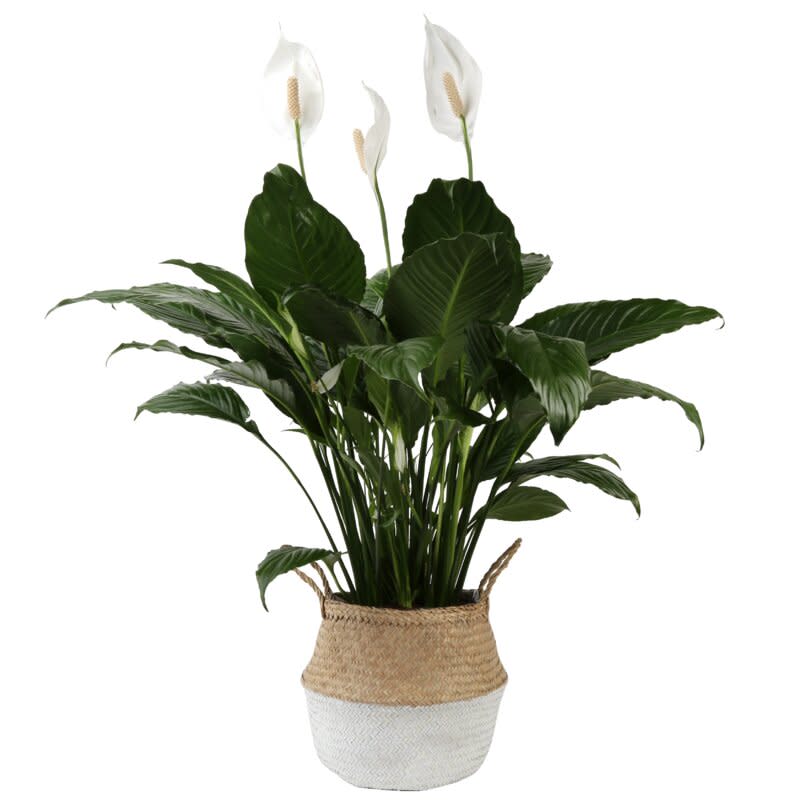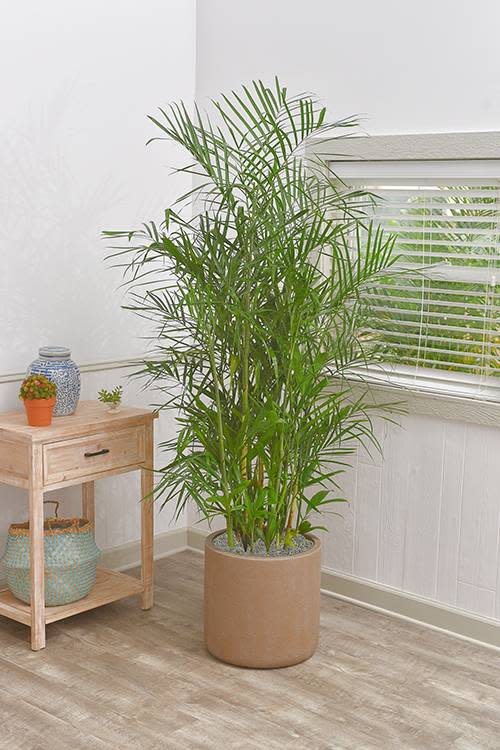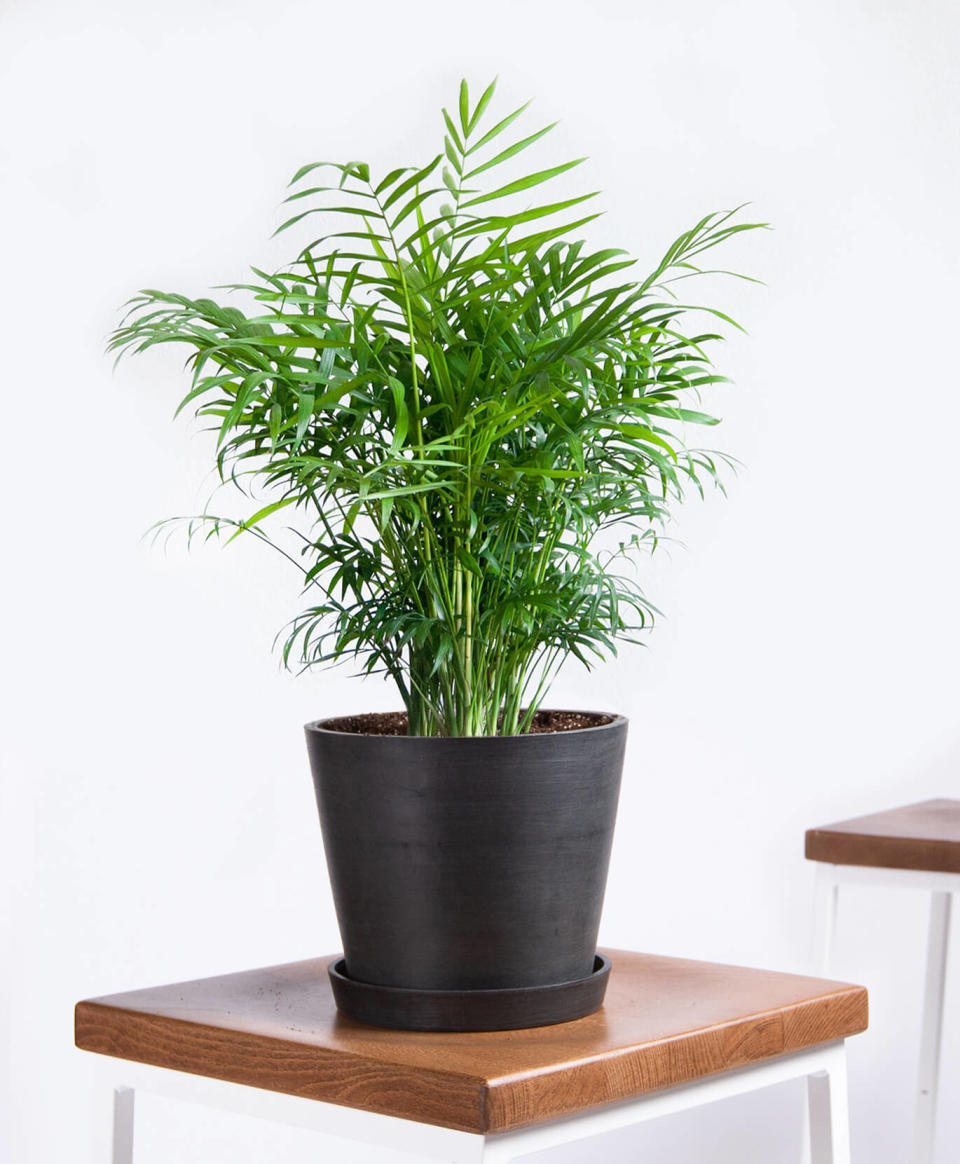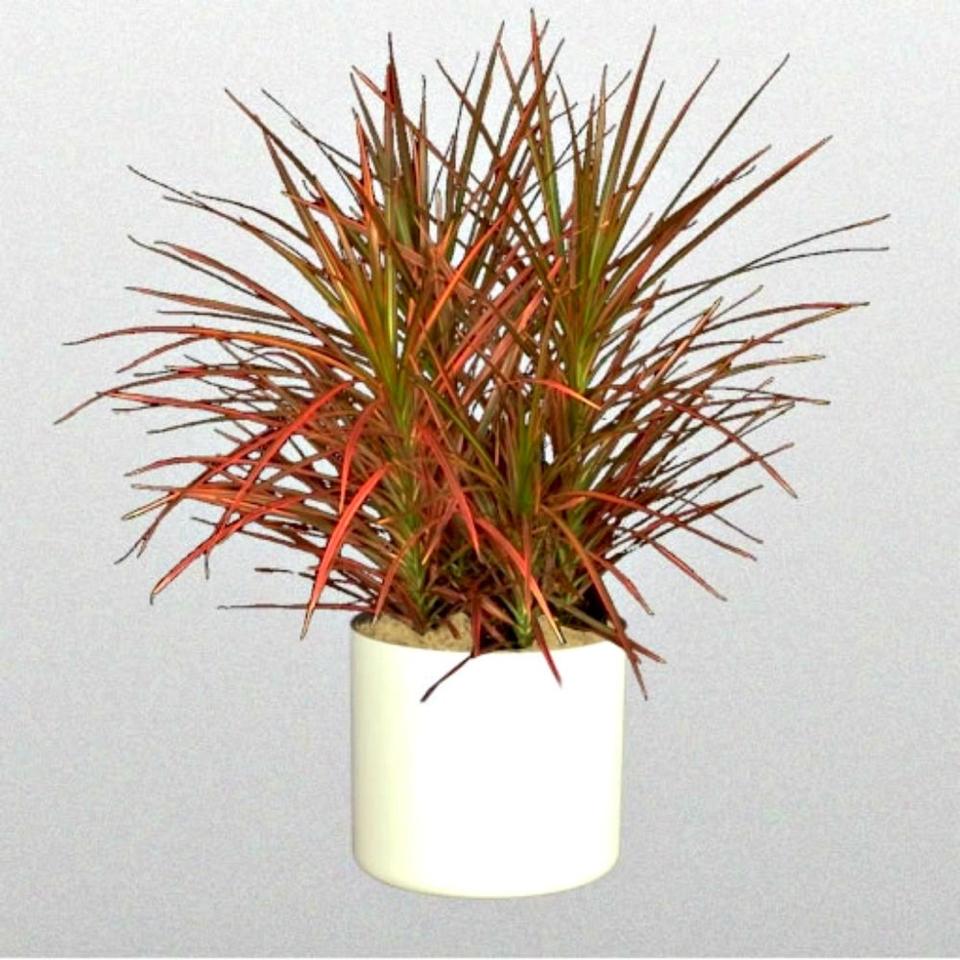NASA says these 8 plants are the best at purifying the air in your home
Our editorial team is dedicated to finding and telling you more about the products and deals we love. If you love them too and decide to purchase through the links below, we may receive a commission.

Is it just us, or does spending so much time confined to your home make everything feel stale?
Lack of airflow in your home can cause indoor air pollution to build up and exacerbate health issues like asthma and allergies, according to the EPA. Your furniture, the materials in your walls, and your carpet can hold toxins too. So it’s worth figuring out a way to filter the air in your home.
Before investing in an expensive air purifier, we figured we’d try out a few houseplants first — they’re much cheaper— and look a lot nicer. And while plants may not have the brawn of industrial machines, there are some that NASA recommends to clear out the toxins in your air.
According to NASA’s Clean Air Study, which was designed to find ways to clean the air in sealed space stations, plants can be effective to absorb carbon dioxide, release oxygen into the air, and remove pollutants like benzene, formaldehyde, and trichloroethylene. These chemicals can cause irritation to the skin, ears, eyes, nose, and throat, as well as some cancers, according to the EPA.
The study suggests that at least one plant per 100 square feet can effectively clean the air, so fill your space with these eight detoxifying plants, handpicked by NASA, to purify the air in your home.
Snake plant
Ideal for your bedroom, this plant is unique in its ability to release oxygen at night. Snake plants are also capable of producing enough oxygen in an air-sealed room for people to breathe normally. It’s one of the best plants for filtering the air of formaldehyde, xylene, benzene, toluene, and trichloroethylene. Water it about once a week, being sure to let the soil dry in-between waterings, and keep it by a window.
Peace Lily
If you’re somebody that loves flowers in the house, this is a great option for you. A peace lily produces fragrant flowers all summer long, and effectively removes ammonia, formaldehyde, trichlorobenzene, and benzene from the air. It grows best in shady areas and with the soil kept moist. Be careful though, as this plant can be toxic if eaten by children or pets.
Bamboo Palm
This fast-growing houseplant looks majestic and is safe for children and pets. It will add moisture to the air in the dry winter months and it thrives in indirect sunlight away from any cold drafts. Take care of it by keeping the soil moist and misting its leaves.
Parlor Palm
Perfect for new plant parents, this palm requires minimal maintenance — it does best in medium to low light and doesn’t need much water. Let the soil dry out completely between waterings.
Lady Palm
This elegant palm is one of the best houseplants for cleansing the air of formaldehyde, ammonia, xylene and toluene. Keep it in a window with indirect sunlight and drench the soil when it dries out.
Red-Edged Dracaena
This drought-tolerant plant is good for beginners. It thrives in light. Wipe the underside of the leaves regularly with a damp cloth to make sure it can properly filter your air. Place it in a semi-shaded area and mist the soil with room-temperature water, rather than drenching. Careful, it’s not pet-friendly.
Cornstalk Dracaena
Requiring similar care to the red-edged dracaena, this minimal-maintenance plant grows in elegant stalks.
Janet Craig
Thriving on neglect, this plant loves low light, and you won’t find anything more majestic. Care for it the way you would your other dracaenas above.
Read More from Yahoo Lifestyle:
Everyone's baking bread, but there's no 'regular' flour left—here's a solution
From 'Star Trek' to 'The Twilight Zone': Get one month of CBS All Access for free with this coupon
Follow us on Instagram, Facebook, Twitter, and Pinterest for nonstop inspiration delivered fresh to your feed, every day.
Want daily pop culture news delivered to your inbox? Sign up here for Yahoo’s newsletter.








